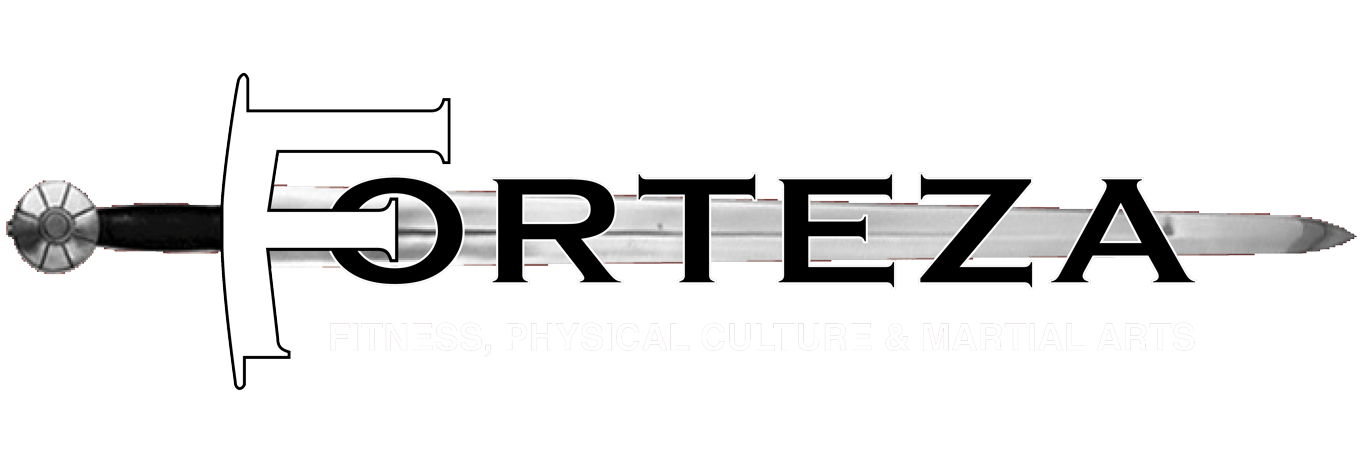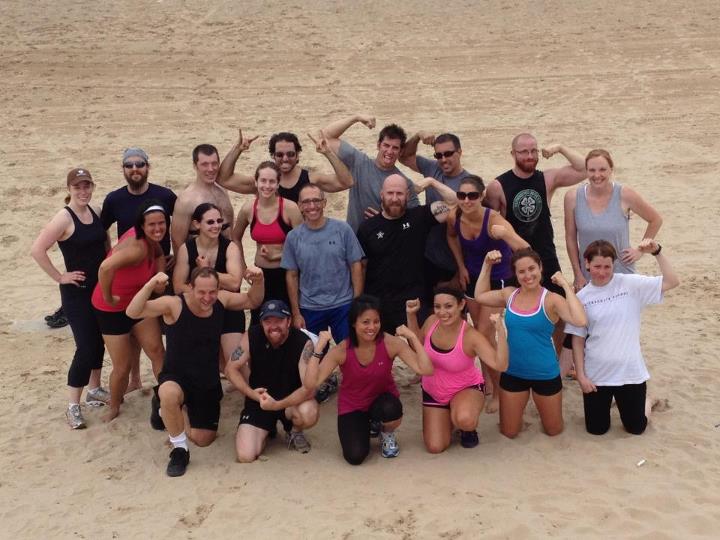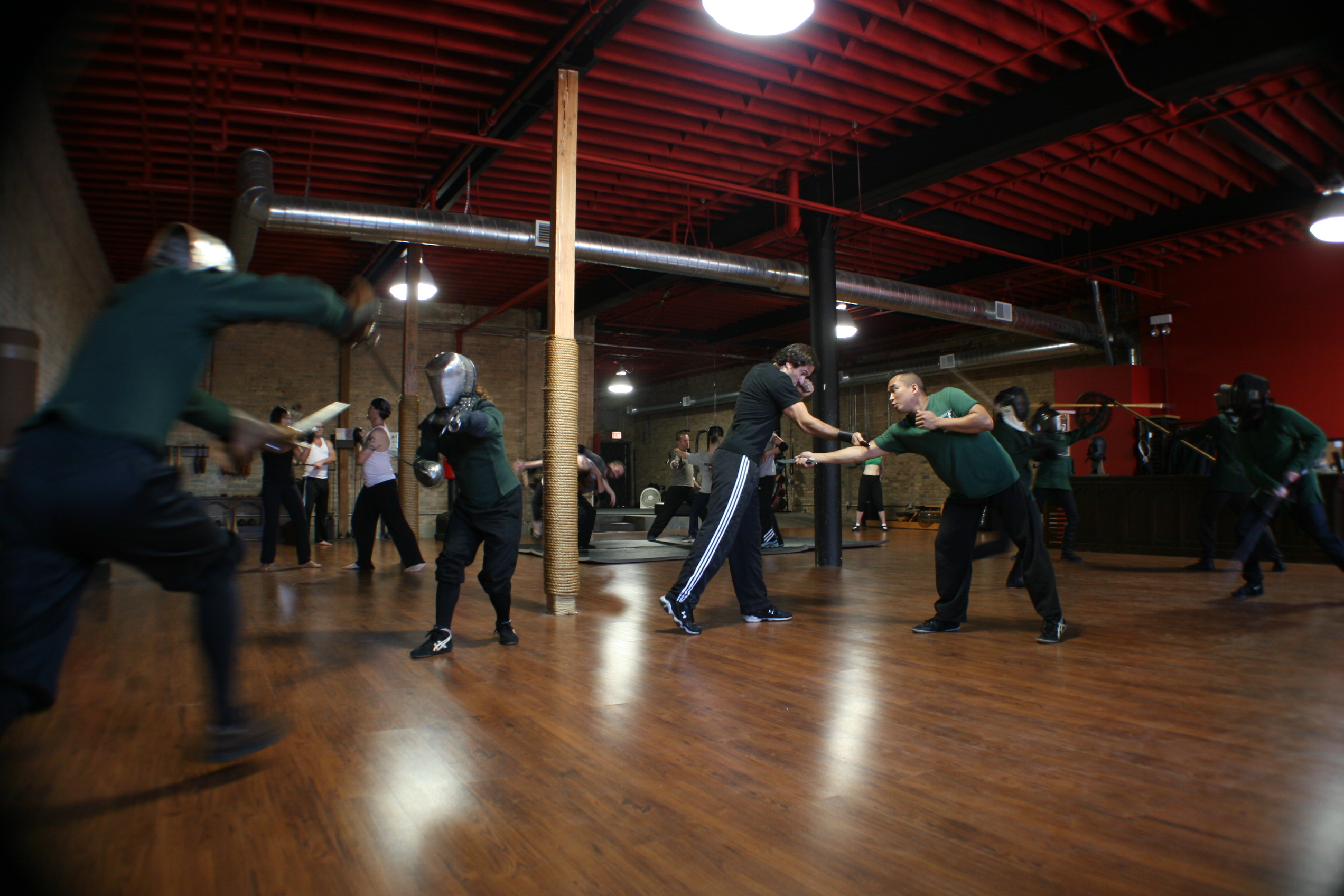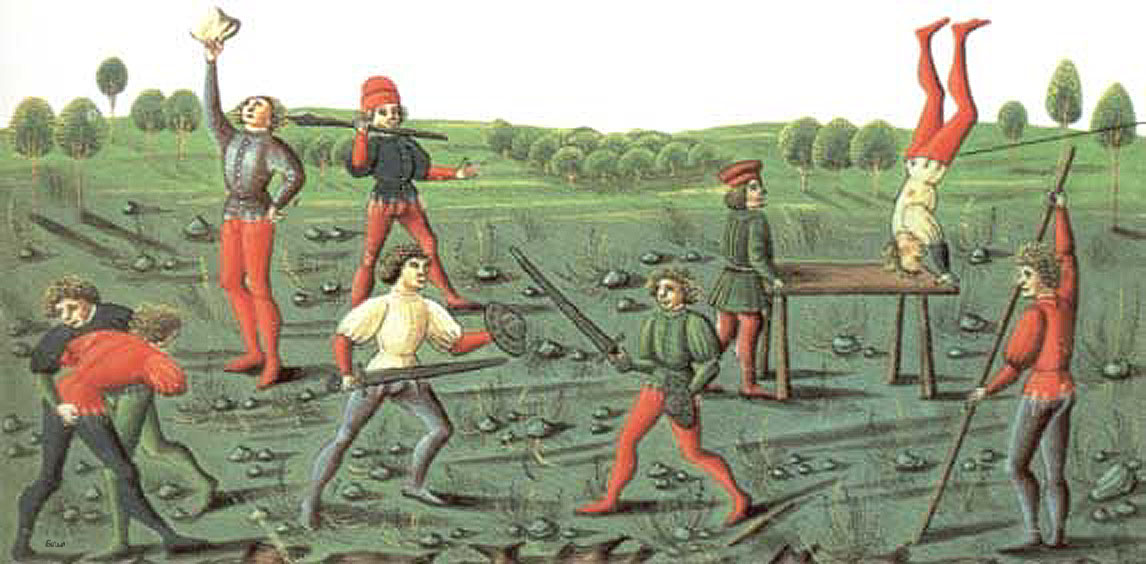Creating the Forteza Clubhouse!
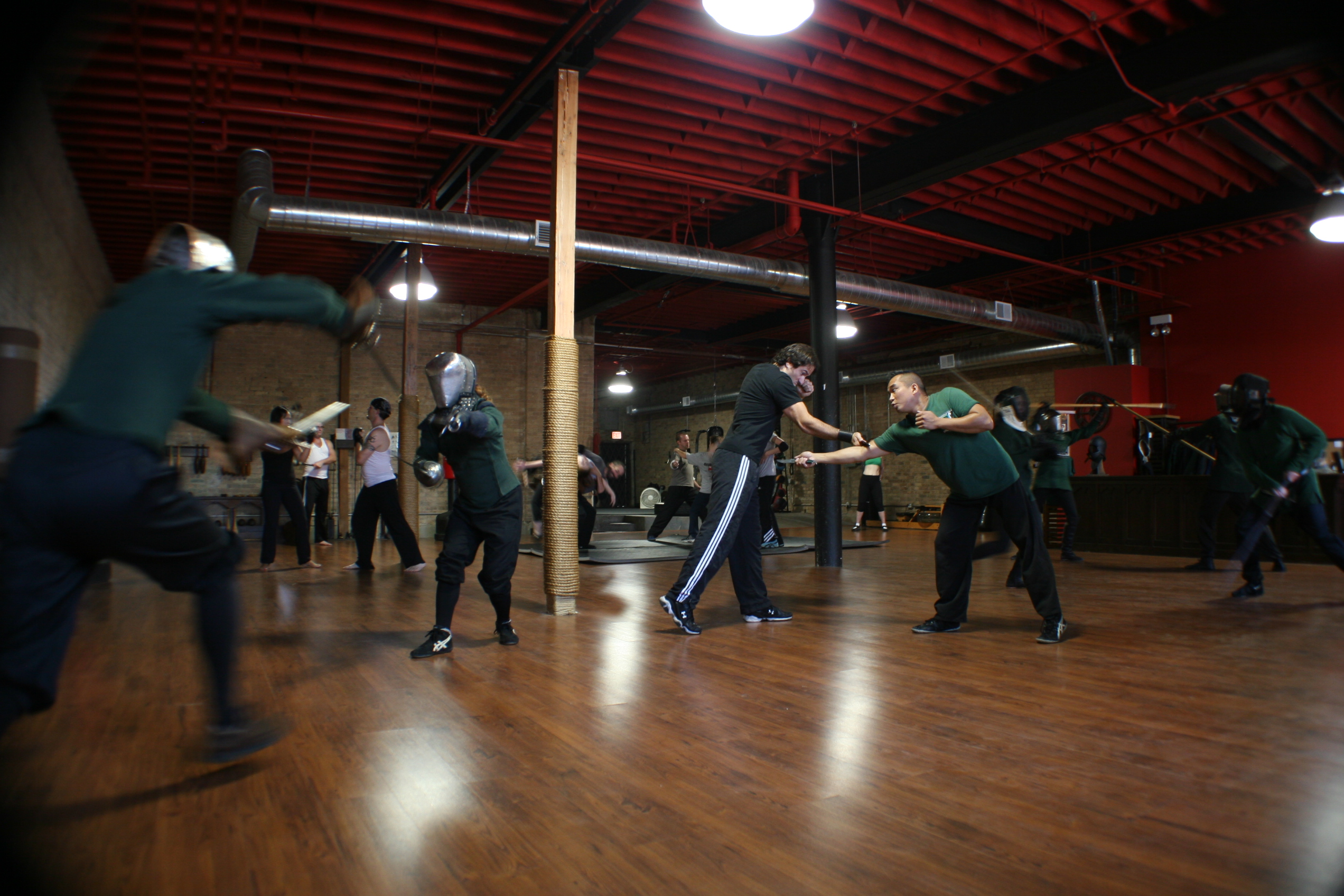
Forteza Fitness and Martial Arts is a revival of the grand tradition of 19th century gymnasia, which were often centers of cultural, as well as physical, development. It’s also a labor of love that we’re building into a solid business with an enthusiastic community of clients. We’ve hosted open house days, martial arts seminars and action choreography sessions for video game and theater projects as well as our daily and weekly classes.
The past nine months have seen the completion of the main training floor, personal training area, reception area, changing rooms, a pro-shop and our unique “gymuseum” of antique exercise equipment.
The Forteza building also includes a large upstairs store-room, which hasn’t changed much over the past hundred years; it’s dusty and grimy, with an uneven concrete floor, rickety bannisters, etc. Our next remodeling project is to turn that room into a neo-Victorian style clubhouse (with a secret passage entrance … shhh!) and that’s where this fundraising project comes in:
Click on this link – Creating the Forteza Clubhouse – to go to our fundraising webpage, including a unique video, background information, contributor rewards, etc.!
The Forteza clubhouse will feature:
- a boutique library of both antique and contemporary books on Western martial arts, fencing, fitness and related topics
- an art gallery showcasing our collection of rare, original edition 19th century newspaper prints of combat sport athletes, historical fencers and gymnasts
- a multi-media learning center featuring WiFi, training DVDs and a discussion lounge and research area
- we cannot stress this enough, a secret passage entrance …
Transforming this ancient store-room into a steampunk library/gallery/clubhouse will be a big project, but luckily we already have some of what we’re going to need. Funds raised through this campaign will pay for the installation of a new wooden floor, cleaning, painting etc. Funding over and above the target level will allow us to build an even better clubhouse, faster!
Please help us by contributing (check out our great perks!) and by using the share tools below and on the Indiegogo page to help us spread the word; social media buzz is the best way to make this happen.
The Forteza clubhouse will be the heart of our studio and community, and a home-away-from-home for people who share our passions. We look forward to the challenge!
All best wishes –
The Forteza Team
Read More »